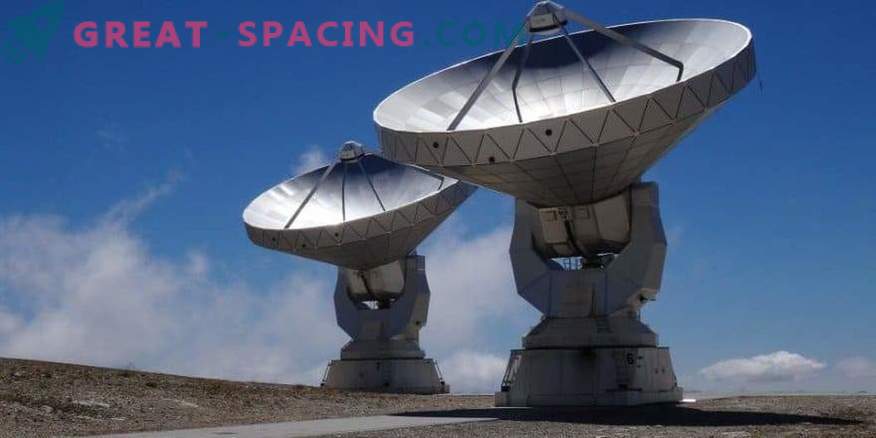
Why are scientists still unable to find evidence of life on other planets other than Earth? Three astrophysicists decided to reconsider this issue, having carefully studied the analogy with the “needle in a haystack”. Their analysis included the creation of a model for estimating the amount of work carried out in the framework of the search for extraterrestrial life (SETI) compared to how much remains to be done.
If you are not an astronaut or a scientist, then it would seem that humankind has done a great job in finding signs of life in other worlds. However, the truth is completely opposite. Back in 2010, the famous scientist and astronomer Jill Tarter put forward an interesting comparison for finding alien life: it’s like exploring a glass of water, but ignoring all the expanses of the ocean. To fix this, scientists have created a model that should improve the search process. The analysis uses data, such as the number of searches performed and the amount of space occupied, comparing estimates of the size and complexity of galaxies and the entire Universe. In this paper, scientists focused on more traditional search methods — telescopes and other modern equipment for studying signals coming to Earth from other places. This of course excludes the possibility of the presence of aliens on Earth or UFOs. It turns out that the Tarter analogy is close to reality, although the size of the glass can now be expanded to a standard pool. Or imagine that you are looking for a needle in one haystack, although a whole bunch of them are scattered there. Scientists urge not to get upset and continue to search, because it is enough to find at least one alien form to advance in further research.











































